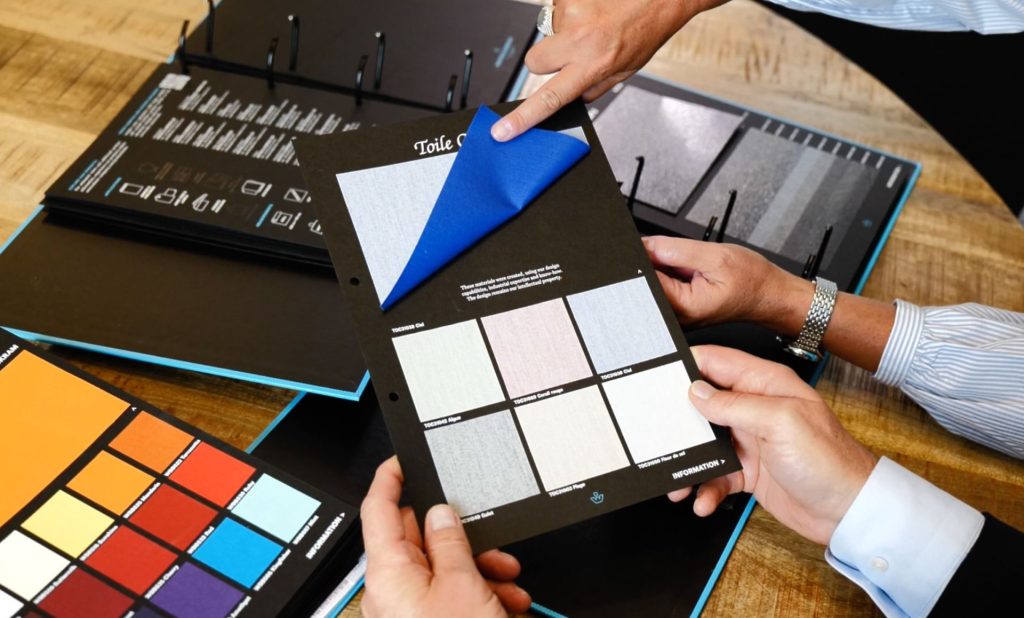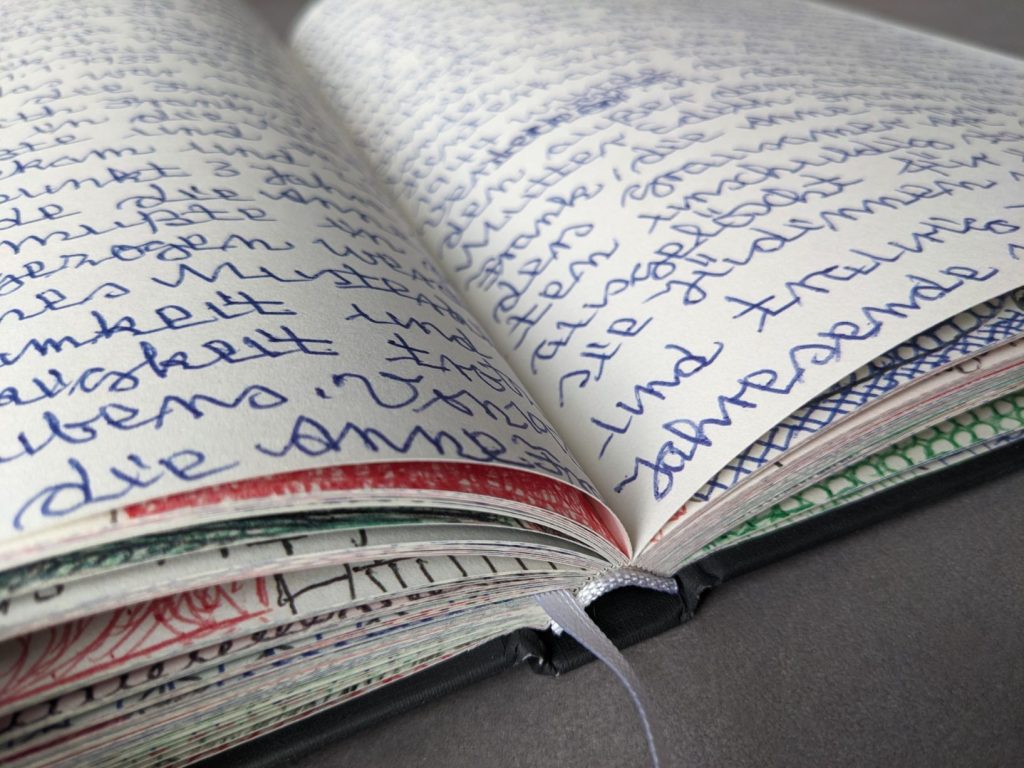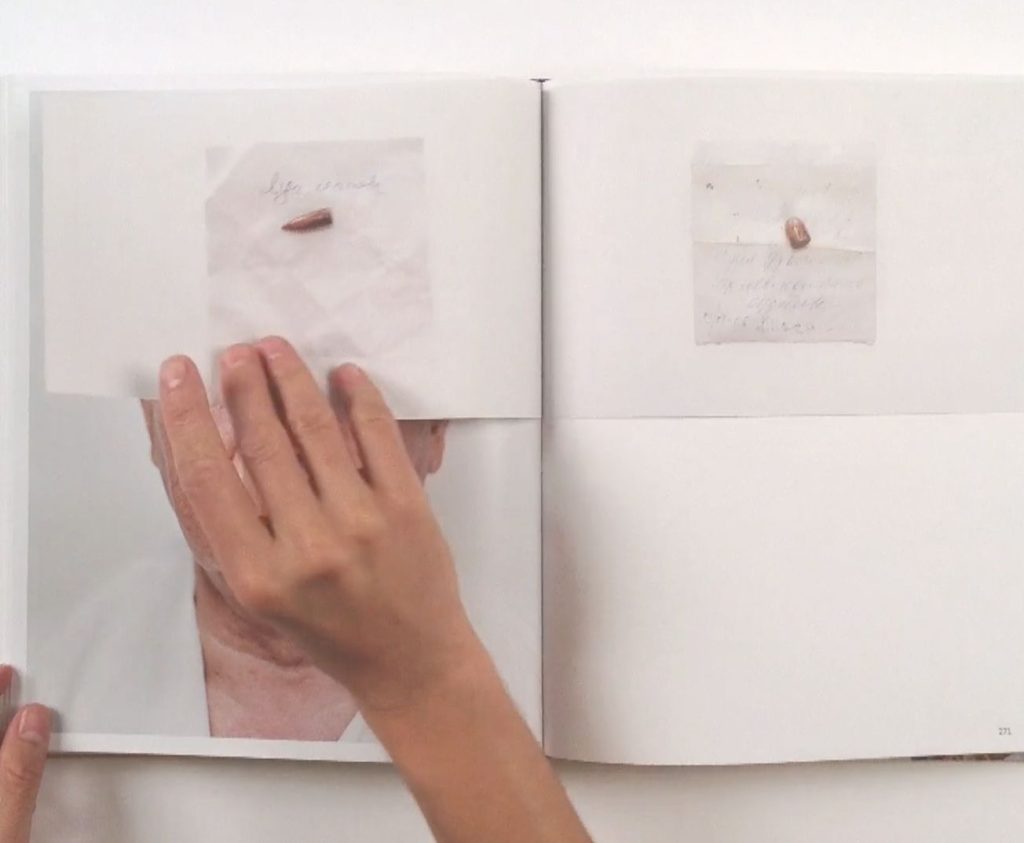Have you ever wondered why some books look and feel so luxurious, while others seem somewhat cheap and flimsy? Why does a certain book pop with vibrant colors and texture, while another makes a dull impression? Part of the answer lies in the paper type. Paper type has a huge impact on how your book stands out, on how the reader experiences it and how it feels. There are an awful lot of different types of paper and therefore a lot is possible. What types of paper are there and what are their characteristics? In this article we will tell you all about different types of paper.
Paper types and books
With books, the right type of paper plays a crucial role. Two books can have exactly the same content, but with different paper they give two completely different experiences. Rough, thick paper gives a different look and feel than wafer-thin and smooth paper. Paper color, finish and cover material also greatly affect the final product.

Cover paper
Let's start at the beginning. The cover paper creates the first impression of a book. "Don't judge a book by its cover," is a saying we all know, but often a book is judged precisely by its cover. Will you slap it open? Will you flip through it? Will you want to read it? This is largely determined by the cover.
Softcover
A softcover, also known as a paperback, consists of slightly thicker paper than the interior, but is flexible and easy to move around. Advantages of a softcover are that it is cheaper to produce, lightweight and because a softcover is thin, your book does not take up much space. Plus, with a softcover cover, you have lots of options when it comes to binding options.
Hardcover
A hardcover is a rigid cover that is not movable or less movable. Such a cover makes the pages of your book more resistant to wear and tear. Books with a hardcover usually have a more luxurious look than those with a softcover. It also feels different; with a hardcover book you really hold something. Another advantage of a hardcover is that there are many more options when it comes to finishing.
Uncoated or coated paper, what are the differences?
At the end of the production process, one or more layers of ironing may be applied. We then speak of coated paper. What makes coated paper different from uncoated paper? It's in how the ink behaves. The more layers of coating, the smoother and more even the paper surface is. The result? Glossy paper that makes the colors pop.
Coated paper is not always better, by the way. If you want the real old-fashioned book feel, where the ink is drawn nice and deep into the paper, we recommend uncoated paper.

Satin, silk or matte paper?
Again, each option has its own advantages and disadvantages. It is advisable to think carefully about the finish of your paper. Satin coated paper (or: gloss) and matte coated paper speak for themselves, silk coated paper is right in between. What are the characteristics of these paper types? We list them:
Satin paper
Paper that is satin coated has a high gloss. This paper is coated with a lot of gloss. This makes the colors come out powerfully on the paper. Perfect if you want to have a book printed with lots of images and are looking for rich color dynamics. One disadvantage of glossy paper is that it is less conducive to readability.
Silk paper
Satin paper, also called silk, is right in between gloss and matte paper. Here the paper is coated with a bit of gloss, but not excessively so. Because it has a fairly flat surface, but not very hard gloss, this type of paper is perfect if you are looking for a balance between color experience and readability.
Matte paper
Matte paper, as the name implies, has a very matte surface. That's because this paper is uncoated. This is great for the readability of your book. Because the ink soaks in deeply, colors come out a little less dynamic. Want to have a book printed that consists mainly of text? Then matte paper is definitely recommended.
The whiteness of paper
White is white, you might think. Yet different shades of white can give a completely different look to your book. Roughly speaking, we distinguish three types of whiteness; high white, natural white and cream white.
High white paper
High-white paper is the freshest type of paper. It gives a clean, modern look and a nice contrast with black tones, which ensures good readability. In addition, high white paper has the highest color accuracy. However, high white paper can give a somewhat sterile, colder appearance.
Natural white paper
A natural white paper gives your book a contemporary and neutral look. It makes your book just a little cozier than high white paper. Natural white paper gives less gloss, making it less tiring on the eyes.
Creamy white paper
Want to give your book a classic and warm look? Then go for creamy white paper; the most cozy type of paper. Be careful though; the warmth of creamy white paper can cause images to come out a bit more yellowish in your book.

What grammage do you choose for your paper?
The grammage of the paper says something about the number of grams per square meter. So it determines how heavy your paper is. The heaviness of the paper affects how smooth it feels while browsing. How do you know which grammage is best for your book? That's very personal. It is best to feel paper with different grammages to get a good idea of what suits you.
What influence does the thickening have?
In addition to the grammage, the thickness of the paper also affects how your book feels. This thickness is expressed in microns (μ) and is also called the "bulk. In paper with bulk, there is more air between the fibers. So the paper is thicker, but not necessarily heavier. In the case of books, you could use bulk if you want to give your book a little more body.
Advice on the best paper for you
Hopefully, after reading this article, you have gained a little more insight into the different types of paper and their possibilities. Still, we understand if you have questions about which paper type is best for your project. Would you like to know more about this? Then feel free to contact us. We are happy to think along with you!
